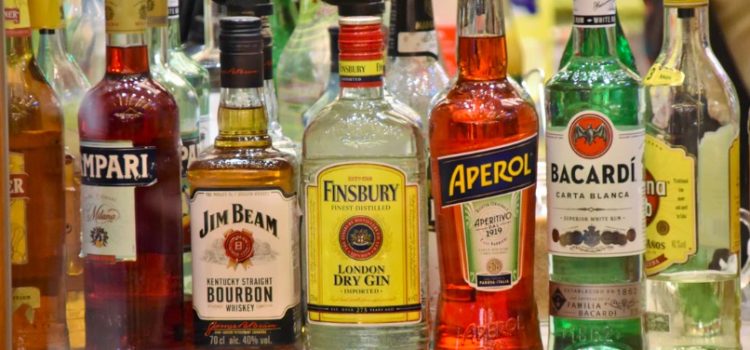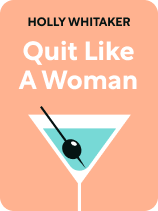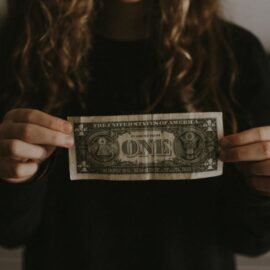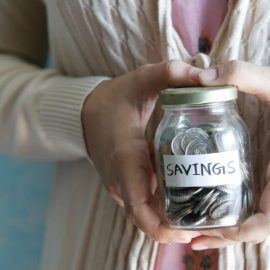

This article is an excerpt from the Shortform book guide to "Quit Like a Woman" by Holly Whitaker. Shortform has the world's best summaries and analyses of books you should be reading.
Like this article? Sign up for a free trial here.
What are the negative effects of alcohol advertising? How does alcohol marketing harm people?
Holly Whitaker’s book Quit Like a Woman points out the many ways people are encouraged to drink, even if it ends in horrible consequences. Alcohol marketing is used to persuade vulnerable people into drinking, but it could result in alcoholism.
Check out how alcohol companies advertise addiction to sell their products.
The Drawbacks of Alcohol Advertising
According to Whitaker, alcohol companies invest heavily in marketing that encourages people to continue drinking, but this is one of many negative effects of alcohol advertising. This marketing portrays drinking as a normal part of adult life. Particularly for women, alcohol companies stress the normalcy of drinking at every stage in life: motherhood (de-stressing with a post-bedtime drink), career years (happy hours with friends), and retirement (pampering yourself with wine and liquor).
Alcohol companies must market so heavily because most alcohol brands are owned by one of only 16 companies, so competition is fierce. In 2016, alcohol companies spent $2.3 billion on marketing and advertising in the US.
(Shortform note: There’s now another competitor on the market that might force alcohol companies to spend even more and market more aggressively: cannabis companies. Cannabis is now legal for recreational use in 19 states and the District of Columbia and considered a threat to alcohol companies. In response to this threat, some argue that alcohol companies should target the female market even more because they don’t consume cannabis as much as alcohol.)
Whitaker adds that not only do alcohol companies promote a lie to sell more product, but they also specifically target vulnerable populations they can transform into lifelong drinkers, like low- and middle-income countries (LMICs), women, and even children. LMICs are fresh terrain for alcohol companies, and they can turn these populations into lifelong drinkers. Women are susceptible to marketing that frames drinking as a powerful, masculine activity (representing the power they’ve been historically denied), and children can be turned into drinkers early through appealing advertisement characters, like Bud Light’s Spuds MacKenzie.
(Shortform note: The Spuds MacKenzie character was controversial since its inception in 1987. Republican Senator Strom Thurmond was vocal about his belief that the company was targeting children, and holiday Bud Light containers with the image of Spuds dressed as Santa Claus had to be removed from Ohio stores for violating a state liquor law. Spuds was retired in 1989, but the character was recently brought back to life in a 2017 Super Bowl ad. This ad arguably portrays Spuds in a less fun and colorful way that might appeal to children.)
Updated Marketing Tactics and Pushback From Women
The marketing tactics alcohol companies use to encourage continued drinking and consumption of their products have changed with the emergence of the internet, online shopping, social media, and our increased health awareness. Now, companies offer alcohol subscription services to busy, tech-savvy millennials, harness the power of paid social media posts to appeal directly to consumers, and use smaller packaging in an effort to appeal to consumers’ concern for health (thereby making a convincing argument that health consciousness and drinking shouldn’t be mutually exclusive, as Whitaker suggests). All these tactics continue to stress how normal and enjoyable drinking is.
And while it’s true that many of these advertisements target each female age identity in an effort to have them drinking for a lifetime, they also promise women the chance to escape their age identity if they want. Companies do this specifically in ads targeting women in their 30s and 40s, who often have family and career responsibilities, by showing how drinking can make them forget those responsibilities and feel young again. It seems that alcohol companies use many tactics, depending on the audience.
Women’s Historical Alcohol Consumption
It seems clear that LMICs and children are emerging markets for alcohol companies, but Whitaker doesn’t fully explain why women constitute one: Haven’t they historically had as much access to alcohol as men? Actually, up until prohibition in the 1920s, it wasn’t socially appropriate for women to drink heavily, and public drunkenness was seen as a sign of immorality or engagement in sex work. During prohibition, when alcohol could only be consumed illegally in speakeasies, women and men drank together, and it became acceptable for women to drink in (semi-)public.
Still, alcohol consumption between men and women only became approximately equal in people born between 1991 and 2000. Research suggests that the reason for the almost century-long disparity in drinking habits lies in historic gender norms: It’s perhaps been considered “unladylike” to drink, at least to excess.

———End of Preview———
Like what you just read? Read the rest of the world's best book summary and analysis of Holly Whitaker's "Quit Like a Woman" at Shortform.
Here's what you'll find in our full Quit Like a Woman summary:
- Why society misunderstands what alcohol addiction is, what causes it, and how to treat it
- Why alcohol is always bad for you, even in moderation
- A feminine, holistic approach to recovery and sobriety






